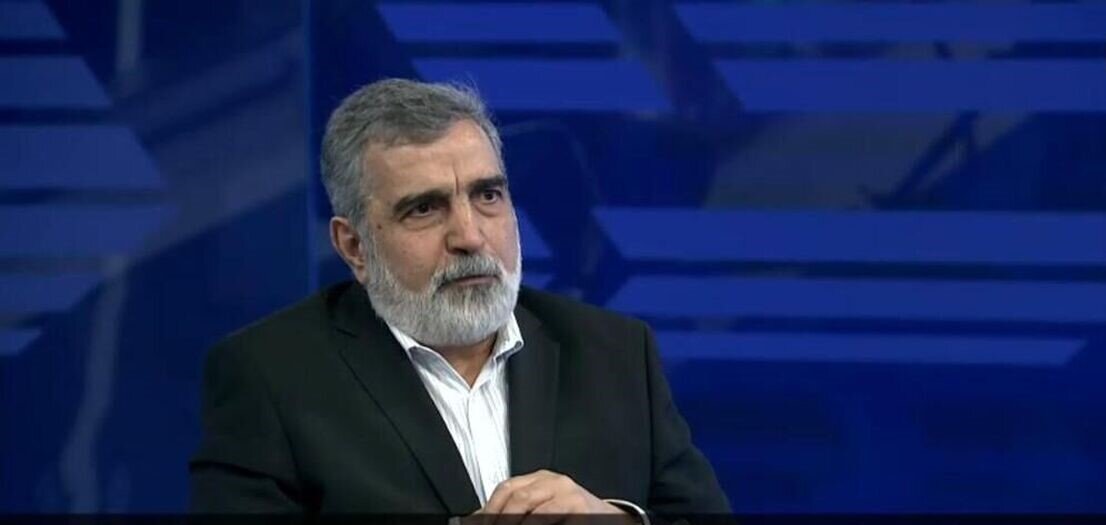IAEA report built on fabricated espionage data by Israel, says Iran atomic body

TEHRAN – Behrouz Kamalvandi, deputy chief and spokesman of the Atomic Energy Organization of Iran (AEOI), sharply criticized the IAEA’s recent report, revealing that it relies on fabricated Israeli intelligence rather than on legitimate safeguards data.
Speaking on Iranian television on Sunday about both the report and Iran’s formal protest note, he stated, “It does not cite safeguards information but cites espionage information from the Zionist regime.”
He recalled that issues alleged against Iran were resolved during the early phase of the Joint Comprehensive Plan of Action (JCPOA), from about 2015 until the U.S. withdrawal in 2018. Despite granting IAEA inspectors full access, Iran still faced four resolutions.
Although inspectors claimed they detected “traces” of nuclear material—an everyday finding—the IAEA itself confirmed that the material was natural uranium, not enriched. Kamalvandi argued that the pressure being applied is solely political, aimed at demanding a comprehensive report.
Regarding IAEA Director General Rafael Grossi’s recent Tehran visit, Kamalvandi revealed that Grossi proposed halting the stockpiling of enriched uranium (though not stopping enrichment) and introducing new inspectors.
He described the report as a compilation of longstanding claims designed to portray Iran as uncooperative. “They want to bring political pressure so that Iran abandons its assets,” he asserted, adding that Iran’s growing scientific achievements are increasingly unacceptable to dominance-seeking countries.
Kamalvandi then addressed Iran’s revocation of several inspector designations. He explained that Iran’s protest note contends the IAEA report is cloaked in legal terminology while serving a political agenda.
Recalling the Safeguards Agreement, he stressed that Iran is entitled to accept or reject an inspector. Even though Iran revoked seven inspectors, 120 still oversee its nuclear program. He also highlighted that the IAEA’s Tehran office—staffed by 70 personnel—is unique and accounts for 22% of the agency’s global inspections.
He further critiqued the IAEA’s reliance on three information sources: data from Iran itself, the Agency’s own information, and open or “third-party” sources.
Kamalvandi was especially cautious about the “third party” category, noting that it frequently involves espionage sources supplying potentially unreliable information for political purposes, such as intelligence from the Israeli regime.
Resolved issues, sabotage, and Tehran’s warning
Kamalvandi confirmed that the report attempted to reopen long-resolved issues such as the “metal disc” and “Jaber Ibn Hayyan” laboratory cases, settled after IAEA acknowledgment, or the Lavizan-Shian facility case resolved in 2004.
He condemned the IAEA for reviving these closed matters, noting that this approach lies outside its legal framework.
Kamalvandi explained that Iran had provided clues and videos proving sabotage to IAEA Deputy Director General Massimo Aparo regarding Turquzabad and Varamin.
Although Aparo admitted that his investigation was incomplete, stating he “could not rule out the possibility of sabotage,” the IAEA report offered little explanation.
Kamalvandi also described how inspectors at Turquzabad used lasers to track specific coordinates, implying they sought a particular location, and he disputed claims based on satellite imagery by insisting that images did not match reality, as containers can be shredded within a day.
He expressed dismay at the IAEA’s handling of Israeli threats against Iranian nuclear facilities. Rather than condemning the threats outright, the Director General commented on a site’s complexity and its difficulty to destroy—a stance Kamalvandi criticized as politically motivated.
Looking ahead, Kamalvandi warned that “they are moving in that direction” regarding another resolution against Iran.
He suggested that Western powers—especially the Europeans—might be wielding the so-called “snapback” mechanism as a political tool.
Nonetheless, he stressed that Iran has met its commitments and that a resolution alone cannot impose snapback, despite the mounting pressure.
He concluded with a stern warning: “We warned them last time and they didn't pay attention, and we increased 60% enrichment production sevenfold. Now we have also prepared a list of measures and informed them. Naturally, the Agency should not expect Iran to continue its constructive cooperation.”
